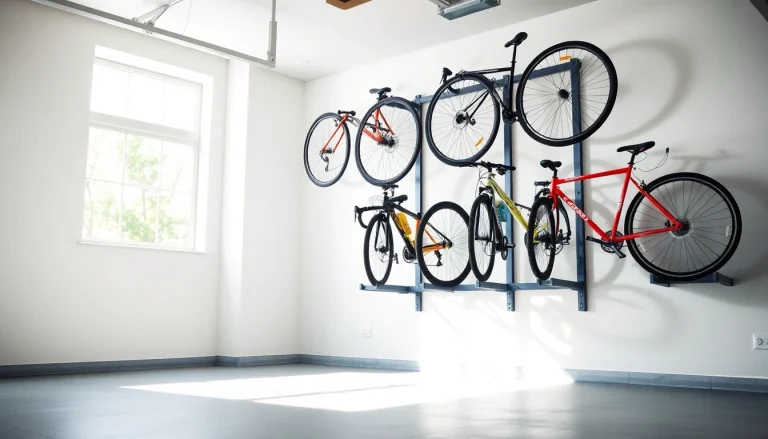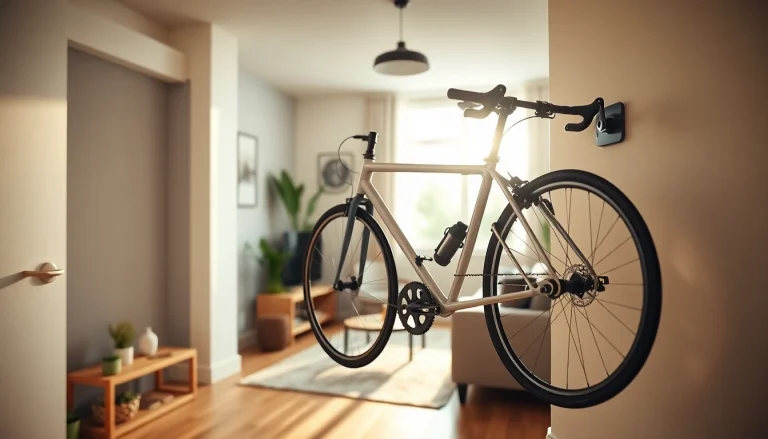
Understanding Your Vision for Building a Pool
Building your own pool is an exciting venture that promises endless enjoyment and relaxation for you and your family. However, before you dive into this project, it’s essential to clearly define your vision. Understanding your personal and practical requirements can transform your dream into a functioning reality. Start by considering why you want a pool, what type resonates with your lifestyle, and how much you’re willing to invest. Each decision lays the foundation for a well-thought-out pool construction process.
Defining the Purpose of Your Pool
The first step in building your own pool is identifying its primary purpose. Are you envisioning a space for family gatherings, a serene sanctuary for relaxation, or a dynamic area for hosting friends? Each purpose comes with unique requirements. For instance, a family-friendly pool might necessitate shallow areas for children, while an entertainment-focused design could include features like a swim-up bar or an attached hot tub. Engaging in candid discussions with your family can guide your vision and help pinpoint specific desires, ensuring the final product serves everyone’s needs.
Choosing the Right Pool Type for Your Needs
After determining the purpose, the next step is selecting the type of pool that aligns with your vision. Below are the primary options to consider:
- Above Ground Pools: Ideal for budget-conscious homeowners, these pools are often easier to install and remove, making them suitable for temporary use.
- In-Ground Pools: More permanent in nature, these pools can be customized in size and shape and typically offer greater durability.
- Infinity Pools: These provide a stunning aesthetic, often creating the appearance of an endless body of water, enhancing the view from your backyard.
- Lap Pools: Perfect for fitness enthusiasts, these long and narrow pools are designed primarily for swimming laps.
Assessing your property and discussing options with a professional can help ensure you select the best type for your needs.
Setting a Realistic Budget for Your Project
Next, it’s vital to establish a budget that reflects your vision without causing financial strain. On average, building a pool can range significantly based on type, materials, and site conditions. Here are key budget considerations:
- Initial Construction Costs: Include excavation, materials, and installation costs.
- Permits and Inspections: Be sure to factor in any official fees associated with your pool construction.
- Landscaping and Hardscaping: Planning for decks, lounge areas, and plant life enhance the pool area.
- Maintenance and Upkeep: Regular cleaning and chemical balance should be considered as ongoing costs.
Creating a detailed budget will help monitor spending throughout the project and keep your expectations in check.
Creating a Design Plan for Your Custom Pool
Once you have a clear vision and budget, it’s time to transform these ideas into a structured design plan. This involves selecting materials, layouts, and unique features that will complement your home and landscape.
Utilizing Professional Pool Design Software
Use of professional pool design software can greatly enhance the planning phase. These tools allow you to visualize your ideas with different perspectives, materials, and landscaping options. Some popular software includes:
- Pool Studio: Comprehensive with customizable features allowing users to design in 3D.
- SketchUp: Flexible software suitable for creating three-dimensional models.
By experimenting with software, you will gain insights into the pool’s look and feel, aiding in effective decision-making.
Incorporating Landscape and Aesthetic Elements
A well-designed pool is not only functional but also complements its natural surroundings. Thoughtful landscaping can significantly enhance the aesthetic. Here are a few elements to consider:
- Water Features: Fountains and waterfalls can provide ambiance and tranquility.
- Decking: Choosing the right material (wood, stone, etc.) will influence how the space is perceived.
- Lush Greenery: Incorporating plants creates a more inviting atmosphere and provides natural privacy.
Consult with a landscaping professional to develop a cohesive design plan that links your pool to the overall yard layout.
Planning for Accessories and Features
Accessories significantly enhance the pool experience. Consider integrating these options:
- Lighting: LED lights can create a magical evening atmosphere.
- Heaters: Extend pool use into cooler months by providing comfortable water temperatures.
- Automated Controls: Smart technology enables remote management of pool functions.
Decide which features are essential and align with your budget and lifestyle for a personalized pool experience.
Permits and Regulations for Pool Construction
Before ground is broken on your project, understanding permits and regulations paving the way for a safe and compliant pool is crucial.
Navigating Local Building Codes
Research local building codes, as they can vary significantly based on your location. Local authorities may require:
- Permits for construction
- Specifications on pool depth, fencing, and safety features
- Environmental impact assessments
Consulting with your local building department or a pool contractor can provide clarity on the regulations specific to your area.
Understanding Safety Requirements for Pools
Safety is paramount when constructing a pool. Some common requirements include:
- Fencing: Many jurisdictions require barrier fences around the pool.
- Pool Alarms: Safety alarms can alert you to any unauthorized access.
- CPR Signage: Post instructions nearby to ensure safety awareness.
Integrating these elements will not only comply with laws but also ensure everyone enjoys the pool safely.
Hiring Licensed Contractors vs. DIY
Deciding whether to hire a contractor or tackle the project as a DIY task involves weighing several factors:
- Experience: A licensed contractor brings expertise and may expedite the process, whereas DIY can be labor-intensive.
- Cost: While DIY may save on labor, mistakes can be costly. Evaluate the potential trade-offs.
- Time: Professionals can help you adhere to project timelines efficiently.
Evaluate your skill sets and comfort levels before committing to the approach for construction.
Construction Process: From Groundbreaking to Completion
The construction phase is the most tangible part of the pool journey and involves crucial steps from initial excavation to the final finishing touches.
Key Phases of Pool Construction
The pool construction process typically includes:
- Excavation: This phase varies based on the pool type but generally involves digging the pool shape in your yard.
- Steel Reinforcement: For in-ground pools, steel bars are set to provide structural support.
- Plumbing and Electrical Setup: This stage involves installing system components like pumps, filters, and lighting.
- Finishing Touches: This final step includes adding coping, tiles, decking, and landscaping.
Each phase requires careful execution to ensure quality and longevity of the structure.
Important Timelines and Milestones
Understanding the timelines associated with pool construction can help you set realistic expectations. A typical pool project may take about 8 to 12 weeks, depending on variables like:
- Type of pool
- Local permit processing times
- Weather conditions
Maintaining open communication with contractors can ensure that you stay informed about progress and any potential delays.
Common Challenges During Construction and Solutions
Challenges such as weather delays, unforeseen site issues, and supply chain disruptions may arise. Here are some strategies to navigate common obstacles:
- Weather Delays: Build contingency time into your project timeline to accommodate potential weather changes.
- Site Issues: Conduct thorough land assessments before starting; this helps address issues like soil stability.
- Supply Chain Issues: Plan ahead and order essential materials early to avoid shortages.
Proactive planning and flexibility will be key to a smooth construction process.
Maintaining Your New Pool for Longevity
Post-construction, your focus shifts to keeping your pool in prime condition. Regular maintenance ensures maximum enjoyment and extends the life of your pool.
Regular Cleaning and Chemical Balancing
To keep your pool sparkling clean, establishing a regular cleaning routine is vital:
- Skimming: Remove leaves and debris daily.
- Vacuuming: Conduct weekly vacuuming to clear sediment and algae.
- Chemical Testing: Regularly test water for pH, chlorine, and alkalinity, making adjustments as needed.
Consider automating some of these cleaning tasks with robotic cleaners, making maintenance less labor-intensive.
Long-term Maintenance Tips
To ensure the longevity of your pool, adhere to these long-term maintenance practices:
- Routine Inspections: Check for cracks, leaks, or signs of wear regularly.
- Filter Maintenance: Clean filters routinely according to manufacturer guidelines.
- Annual Professional Servicing: Schedule an annual inspection with a pool professional to catch potential issues early.
Prioritizing these tasks will enhance your pool’s functionality and aesthetics.
Preparing Your Pool for Seasonal Changes
As seasons change, so do the requirements for pool care. Here are important steps to transition your pool:
- Winterizing: In colder climates, properly winterize your pool to protect it from freezing.
- Opening in Spring: Clean and prepare your pool for summer usage, ensuring all systems are functional.
- Summer Maintenance: Focus on maintaining chemical levels and keeping the pool area clean and safe for use.
Adhering to a seasonal maintenance schedule will keep your pool enjoyable year-round.
Embarking on the journey to build your own pool can be a deeply rewarding experience. By comprehensively understanding your vision, working through the logistics of design and construction, and committing to regular maintenance, you’ll create a beautiful outdoor haven tailored to your desires. Enjoy every moment spent by the water’s edge in your newly constructed pool!






